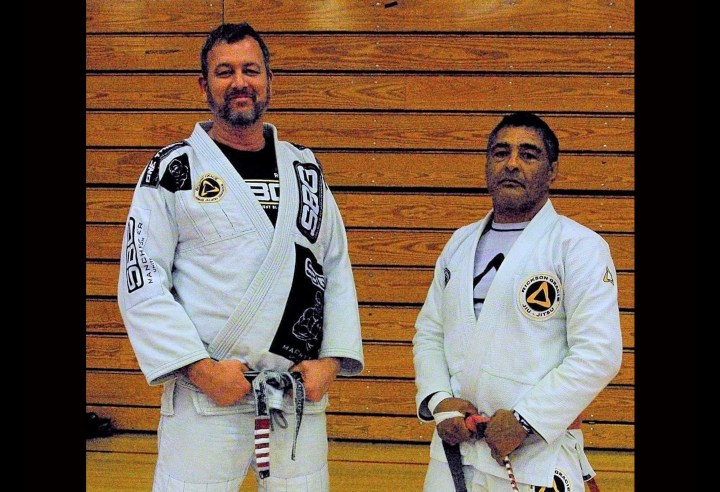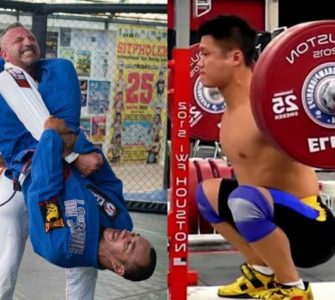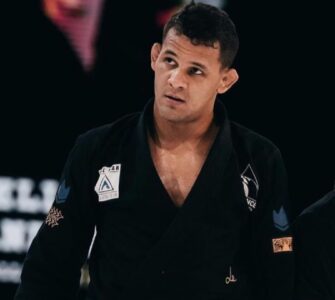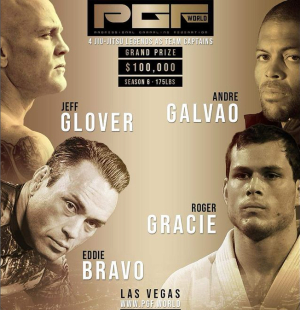You often hear Krav Maga marketing itself as THE self defense practice, however many people actually wonder if it really is all that it claims to be?
Krav Maga “contact combat”) is a military type self-defence and fighting system developed for the Israel Defense Forces (IDF) and Israeli security forces.
Matt Thornton is a highly respected BJJ instructor and founder of Straight Blast Gym International, an association of over 35 gyms worldwide engaged in training athletes in Brazilian jiu-jitsu, boxing and mixed martial arts. He was among the first American-born practitioners to receive a black belt in Brazilian Jiu Jitsu.
In this episode of Ask Matt, coach Matt Thornton shares an interesting story about his personal experience with Krav Maga that may actually help you find the answer.
On many occasions, groups of high level Krav Maga practitioners would come to Matt’s BJJ academy to get ready for one of their Krav Maga instructor courses. Matt would put them on the mat with some of his more recent BJJ blue belts (2 years of training) and the results were always the same: the blue belts would totally dominate the Krav Maga practitioners in all aspects of combat.
Matt also answers questions about military and police combat training and how they all use Brazilian Jiu-Jitsu.
Another interesting point of view:
Israeli Gracie Jiu-Jitsu Black Belt’s Opinion on Kravmaga as a Self Defense System
Also read:


















